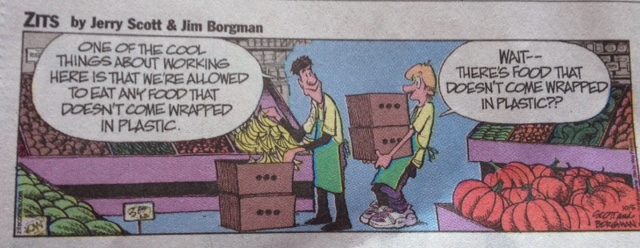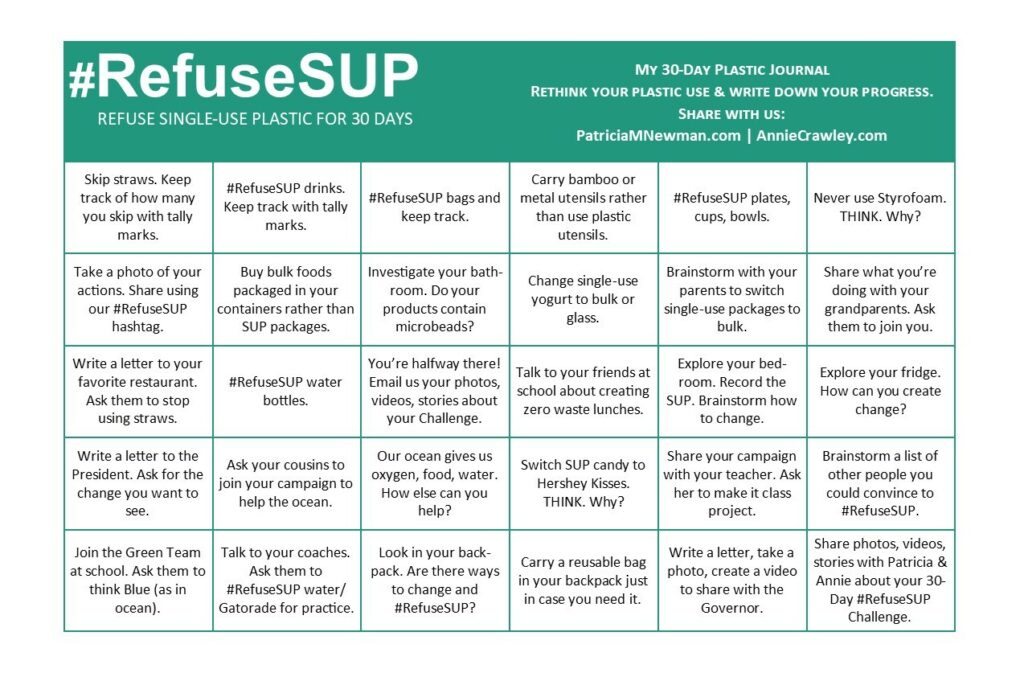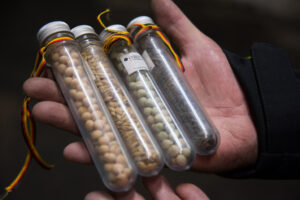BY PATRICIA NEWMAN
Since Annie Crawley and I created Plastic, Ahoy! Investigating the Great Pacific Garbage Patch ten years ago, we have been on a mission to educate children, teachers, librarians, and parents about the dangers of single-use plastic and to inspire them to help.
Our 3-step plastic trash motto yesterday and today
- Rethink (your relationship with plastic)
- Refuse single use plastic #RefuseSUP
- Raise your voice and share with friends, family, your community. Share your stories as you participate in solving ocean problems #LoveOurOcean
Plastic, Ahoy! makes science relatable
Plastic, Ahoy! shows science in action by following three female trash detectives as they sail into the North Pacific to find out more about the trash accumulating there. It was a groundbreaking book in 2014 before most of us were aware of the ocean plastic problem, and it’s an inspiration ten years later as it continues to empower a new generation of young people and their guardians.
After reading Plastic, Ahoy! to or with your students, check out these interviews with two of the trash detectives:
The hope is in the doing
Whenever I speak about plastic pollution or climate change with kids they share their worry. I’m worried too, and I’m honest with them. But I remind them that hope lies with us–scientists, politicians, corporations, photographers, composers, and yes, even children. We can’t do everything, but we must do something.
Rethink
Plastic pollution inspires a host of classroom and at-home activities and experiments. I’ve curated a few below, but don’t stop there. Let your imagination take wing! Remember, the goal is to use less — not recycle what we use. Recycling doesn’t work. Less than 10% of the plastic we use is actually recycled. The key is to change our dependence on single-use plastic and look for other choices.
Download these resources:
- What would it take to clean up our ocean? Challenge young people to creatue their own clean-up device – Ocean Clean-up Design Challenge
- Just how long does it take for items to decompose? Find out in this Aging Plastic Experiment.
- For a waste audit and other activities, download the Plastic, Ahoy! curriculum guide.
Or try these plastic trash activities:
Refuse
Annie and I created a 30-day plastic challenge that you can download, but perhaps you’d prefer a more personalized approach. Have students create their own 30-day challenge that they can stick to!
Raise your voice
Working together we can change the way our society looks at plastic trash, but we also need help. We need:
- laws to encourage companies to offer products in reusable containers,
- to hold corporate polluters accountable, and
- to elect leaders in local, state, and federal offices who will change the status quo.
Ask students to:
- write persuasive letters to their elected representatives clearly stating what they’ve learned about plastic and why we need to clean it up.
- have candid conversations with their parents about their household waste stream.
- look around their school to see what changes can be made. Help them speak with administrtors and district employees about the best ways to achieve their goals.










Leave a Reply
Your email is safe with me.